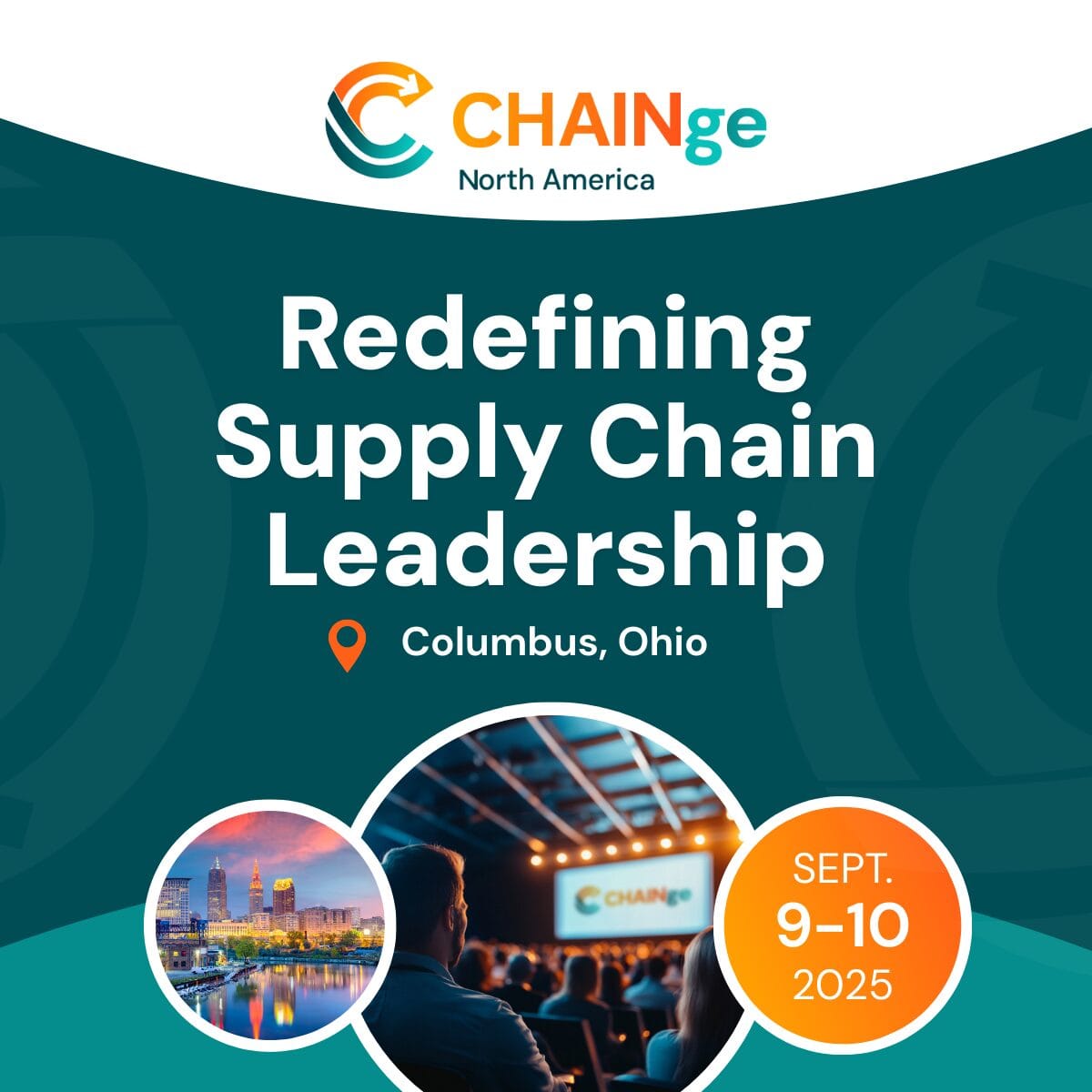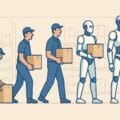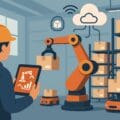I was recently at IMHX, one of the largest logistics and supply chain events in the UK. The show floor was buzzing: forklifts weaving through mock-up racks, robots gliding past amazed visitors, and more buzzwords than you could scan in a barcode.
It was also the location for a live recording of the Does Logistics Matter? Podcast. In the main theatre, I sat down with Ingmar Schoemacher, Director of Enterprise Sales Europe for Powerfleet and Colin D’Arcy-Burt, Product Manager at Impact Handling, to talk about an essential topic: Warehouse Safety.
The title of the session was: The Hidden Warehouse Risk That Will Cost You Your Job. Clickbait? Absolutely not!
Safe Until It’s Not
Every warehouse manager thinks they run a safe operation—until something happens. It’s not neglect. It’s the illusion of safety that comes from “no news is good news.”
But warehouse incidents are far more common than many realise. Minor damage. Near misses. Forklifts are taking corners too fast. People are skipping pre-checks. These small signals often go unnoticed until there’s a major accident with injuries, or worse…
Tech Helps. Behaviour Transforms.
We’ve all seen the digital checklists, telematics dashboards, and AI-powered pedestrian detection systems. But none of it matters if people don’t use it, or don’t trust it.
Ingmar summed it up perfectly:
“Your phone will grab more attention than a dashboard no one logs into.”
It’s not enough to implement a technology solution to enhance safety in the warehouse. You need to work with the teams on the ground to connect systems with real behavioural change. Because without it, safety programs are just software and electronic gadgets.
As Colin put it:
“You can install all the tools you want, but if people don’t understand why they’re there, nothing changes.”
The AI Advantage
AI is starting to play a significant role in warehouse safety, not by replacing people, but by helping humans make better decisions, faster.
Warehouses run on fragmented systems: ERP, WMS, OMS, WOS. AI can bring them together, highlighting trends and surfacing actionable insights.
As Ingmar put it:
“It’s not just about data. It’s about decisions.”
That’s the shift companies need to make if they want to move from firefighting to foresight. Warehouses are evolving. Automation, AI, and digital transformation are reshaping how we work. But none of it matters if the people inside the warehouse neither feel nor stay safe.
If you’re not focusing on it now, you’re falling behind. And the cost of catching up could be more than you’re willing or able to pay.
If you to learn about how you can improve warehouse safety in a way that works, listen to the podcast via the player below, or in your favourite podcast app.
The header image for this blog post was created by ChatGPT, based on the content of this episode






